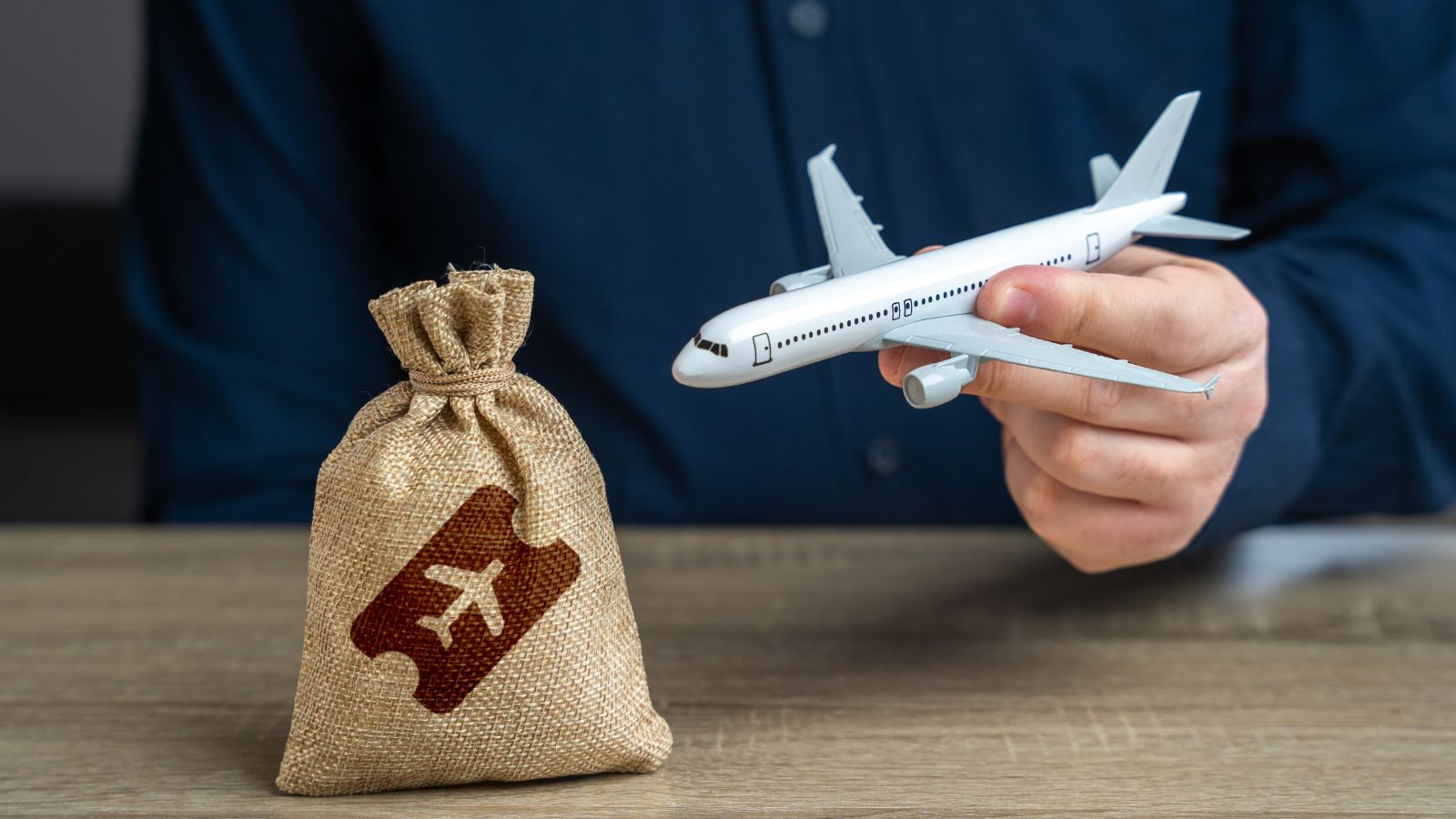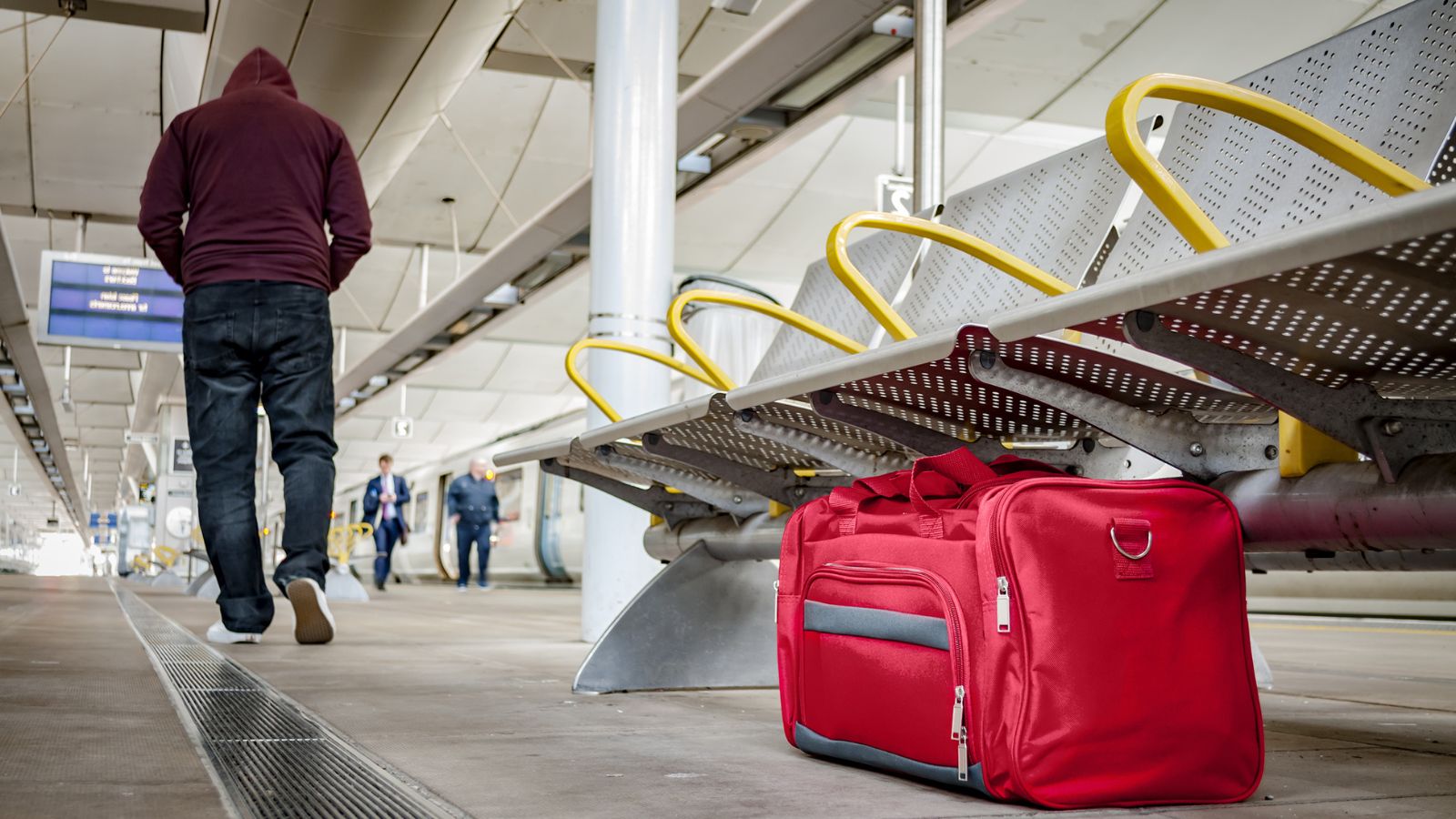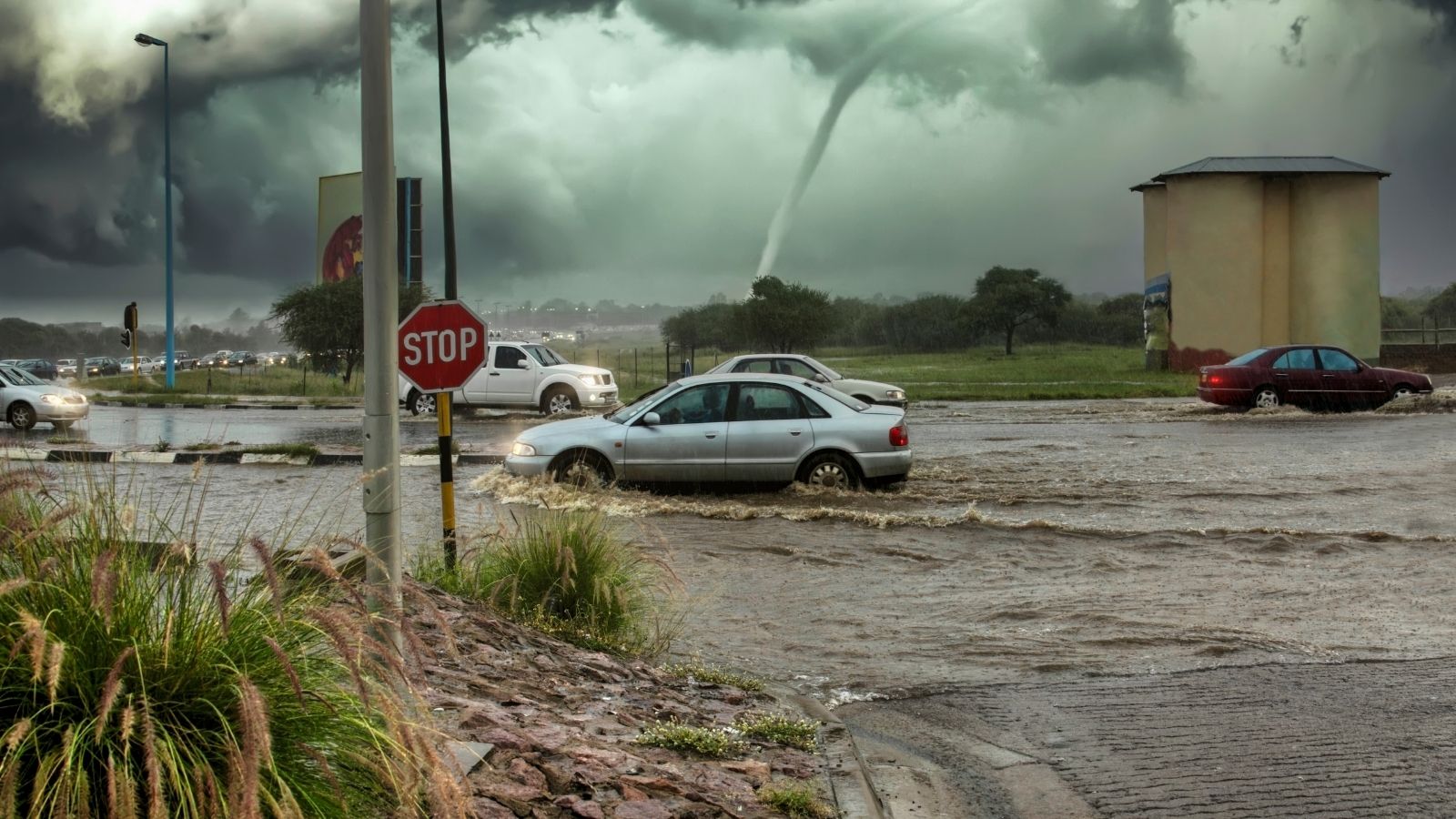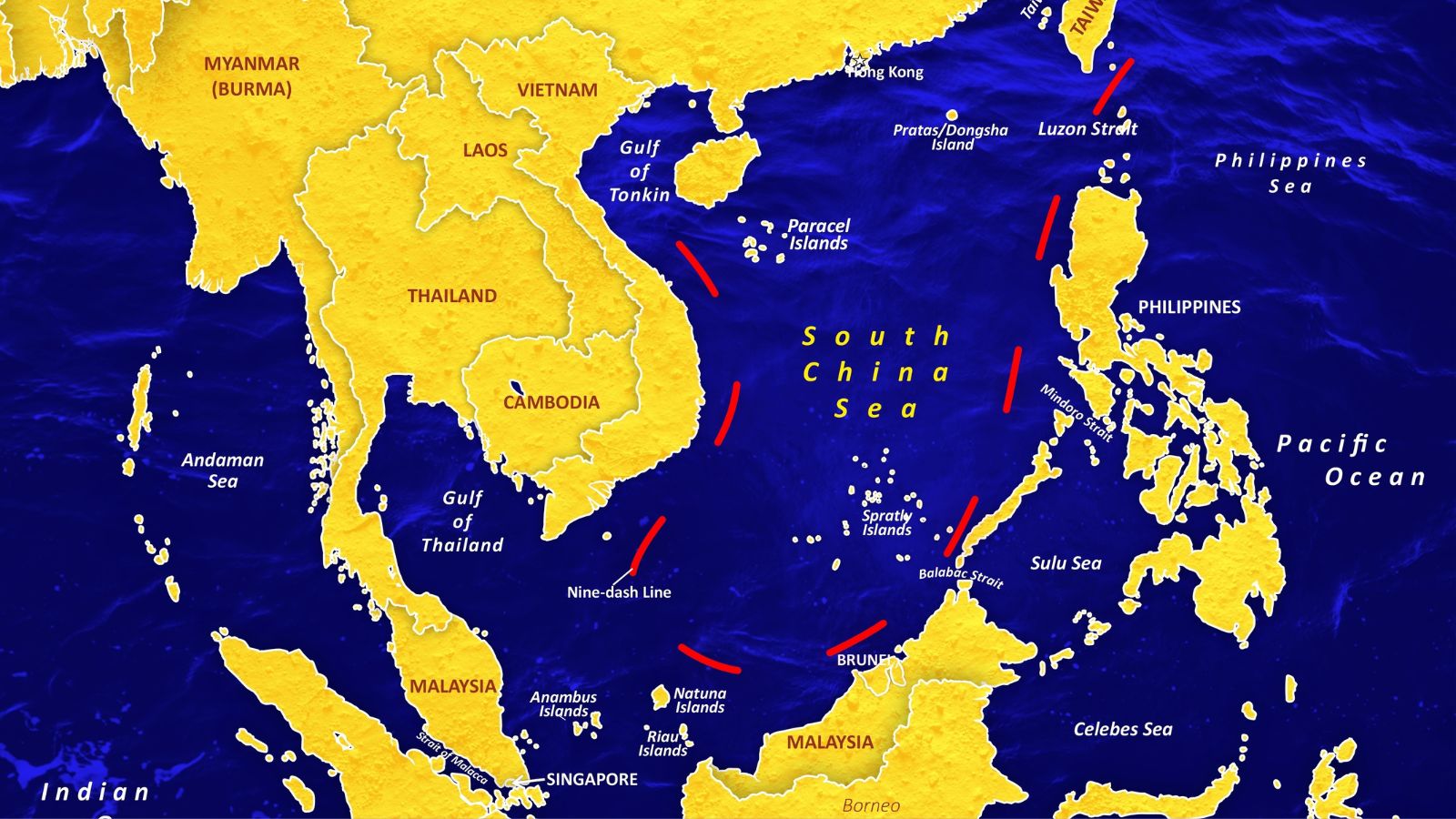In 2024, travel has become increasingly challenging, with new and emerging risks transforming the global travel landscape. From geopolitical conflicts to economic uncertainty and climate change, here are 19 ways that traveling has grown riskier this year.
Geopolitical Tensions and Conflicts

Travelers face heightened risks in conflict zones. The war in Ukraine continues to destabilize Eastern Europe, while the Israel-Hamas conflict has disrupted the Middle East and sparked increased anti-Western and anti-Semitic sentiments globally. The potential for terrorist attacks linked to these conflicts is rising, with threats targeting Westerners, expanding beyond traditional conflict areas.
Expensive Air Travel and Unpredictable Costs

Airline ticket prices have soared due to rising fuel costs, labor shortages, and increased operating expenses. While some routes have resumed post-pandemic recovery, supply chain issues continue to limit the number of flights. These disruptions have led airlines to pass the extra costs onto travelers, sometimes causing last-minute price spikes or cancellations.
Civil Unrest Amid Election Cycles

With significant elections occurring in the U.S., India, Russia, and other nations, political unrest is more likely. Multiple countries holding elections in 2024 could lead to increased security measures, protests, or even travel bans during critical periods. This creates uncertainty and potential disruptions for travelers.
Climate Change and Extreme Weather Events

Climate change exacerbates extreme weather patterns, resulting in more frequent hurricanes, floods, wildfires, and heat waves. These events disrupt travel schedules and pose safety risks for travelers. The unpredictability of such events makes it necessary for travelers to adopt flexible plans and emergency preparedness.
Persistent Health Threats

Although the impact of the COVID-19 pandemic has lessened, the travel industry still grapples with health risks. New variants, infectious diseases like malaria, and even resurgent outbreaks of older illnesses create ongoing health concerns for travelers. The resurgence of infectious diseases in various parts of the world complicates travel, especially to tropical and subtropical regions.
Rising Crime and Security Issues

The global rise in crime, including organized crime in areas like Latin America and Eastern Europe, increases travel risks. Travel advisories often caution against visiting certain regions due to high crime rates, including theft, kidnapping, and violence related to organized criminal groups.
Cybersecurity Threats

As travel becomes more digitized, travelers face greater risks of cybercrime. Phishing scams, data breaches, and online booking fraud can compromise personal information and financial security. The threat landscape for digital travelers has expanded with the rise in contactless payments and mobile travel apps.
Increased Terrorist Threats

The ongoing conflicts in Ukraine and the Middle East have renewed terrorist threats, mainly targeting Western and Jewish communities. Terrorist organizations like ISIS and Al-Qaeda continue to pose risks, particularly in regions with active jihadist movements, such as Africa and Southeast Asia.
Visa Restrictions and Immigration Barriers

Tightened visa regulations and shifting immigration policies have made it harder to enter some countries. China’s slow recovery in outbound travel and stricter entry requirements for certain nationalities demonstrate how immigration policies can impact travel plans.
Supply Chain Disruptions Affecting Travel Essentials

Ongoing global supply chain issues have led to shortages of essential travel items, from medicines to technology. This impacts travelers’ ability to procure items on the go, especially in remote areas or during emergencies.
Economic Volatility Impacting Travel Budgets

Global economic instability and inflation are shrinking travelers’ budgets. Rising prices for accommodations, flights, and services make travel less affordable, with tourists needing to factor in potential currency fluctuations and unexpected expenses.
Natural Disasters and Emergency Evacuations

Regions prone to earthquakes, tsunamis, and volcanic activity continue to present travel risks. Emergency evacuations can disrupt travel plans and expose tourists to hazardous conditions.
Increased Polarization Leading to Social Unrest

Political polarization is sparking protests and civil unrest in various countries. Demonstrations can quickly escalate into violent confrontations, potentially trapping travelers in unsafe situations.
Environmental Regulations and Travel Limitations

Stringent environmental policies are affecting travel patterns. For example, restrictions on single-use plastics or specific vehicle emissions in cities can limit travel options and accessibility.
Escalating Cyber Threats to Critical Infrastructure

With increasing reliance on digital infrastructure, cyberattacks targeting airlines, hotel chains, or booking platforms pose significant risks. Such incidents could disrupt travel services, leaving travelers stranded or unable to access their bookings.
Emerging Infectious Disease Outbreaks

The continued threat of new or re-emerging infectious diseases, such as dengue or avian flu, adds another layer of health risks to global travel. Health authorities worldwide may implement sudden travel restrictions in response to outbreaks, impacting itineraries.
Rising Tensions in the South China Sea and East Asia

Territorial disputes and military activities in regions like the South China Sea, Taiwan Strait, and Korean Peninsula could escalate, affecting travel safety in Asia. Heightened military alert levels or blockades could disrupt air and sea travel routes.
Sports Events Creating Travel Congestion

The Paris 2024 Olympics and other major sporting events will attract millions of tourists, leading to overcrowded transport hubs and inflated accommodation prices. The rise in visitors can also increase the risk of petty crime and accidents.
Space Weather Events Affecting Air Travel

Solar storms and other space weather phenomena can disrupt air travel by interfering with communication systems and navigation equipment. Increased solar activity forecasted for 2024 poses potential risks to flights at high latitudes.
Conclusion

Travel in 2024 demands heightened awareness and preparedness. Travelers must stay informed about geopolitical developments, natural hazards, and health advisories to safely navigate this complex landscape.
18 Reasons Why People Are Leaving Florida in Masses

Exploring factors that impact the desirability of living in Florida, this list delves into various challenges shaping residents’ experiences. From environmental concerns like rising sea levels to economic factors such as fluctuating job markets, these issues collectively contribute to a nuanced understanding of the state’s appeal.
18 Reasons Why People Are Leaving Florida in Masses
